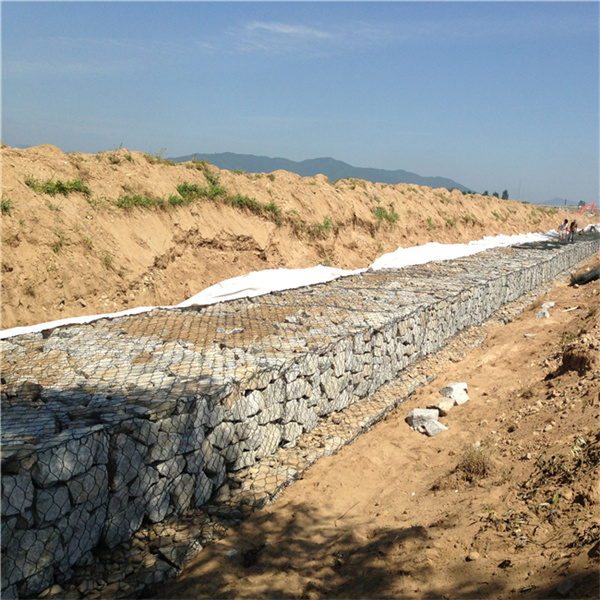تشرینی یەکەم . 21, 2024 15:34 Back to list
gabion wall meaning manufacturer
Understanding Gabion Walls Meaning and Manufacturing Process
Gabion walls have gained popularity in recent years for their aesthetic appeal and functional benefits in landscape architecture and civil engineering. The term gabion originates from the Italian word gabbione, meaning big cage. These structures are essentially wire mesh cages filled with stones or other materials, creating a sturdy barrier that can be used for both decorative and practical purposes.
What is a Gabion Wall?
A gabion wall is a wall structure made up of individual gabions connected together. Each gabion is typically a rectangular wire mesh box, filled with a variety of materials such as rocks, concrete, or even recycled materials. The filled gabions are stacked in a way that provides stability and strength, making them effective for erosion control, construction, and landscaping applications.
Gabion walls are commonly used in areas prone to soil erosion, especially along riverbanks and slopes. They function by absorbing and dissipating energy from water flow, reducing the impact on surrounding soil. Additionally, gabion walls promote ecological balance by allowing vegetation to grow between and within the stones, which can contribute to habitat restoration.
The Manufacturing Process
The manufacturing of gabion walls involves several key steps
gabion wall meaning manufacturer

1. Materials Selection The first step in manufacturing a gabion wall is the selection of materials. The wire mesh used for gabions is typically made from galvanized steel to ensure durability and resistance to corrosion. Depending on the project requirements, different types of stone or fill materials can be chosen, ranging from naturally occurring rocks to recycled concrete or glass.
2. Fabrication of Gabions Once the materials are selected, the next step is the fabrication of gabions. This involves cutting the wire mesh into appropriate sizes and shapes, then assembling them into cages. The cages are usually secured with wires, ensuring they are robust enough to hold the fill material.
3. Filling the Gabions After the gabion cages are constructed, they are filled with the selected materials. The filling process can vary depending on the design specifications and the nature of the site. It is important to ensure that the fill is compacted properly to maintain stability.
4. Installation Once filled, the gabions are transported to the installation site. The installation process may involve stacking the gabions in layers or connecting them to existing structures, depending on the intended design and function of the wall.
5. Finishing Touches After the gabion wall is installed, the final touches can include landscaping around the structure, planting vegetation in and around the gabions, and ensuring proper drainage to enhance the wall’s longevity.
Conclusion
Gabion walls are not only functional but also eco-friendly, making them an attractive option for modern construction and landscaping. Their versatility allows for a wide range of applications, from civil engineering solutions to artistic landscape designs. As environmental awareness grows, the use of gabions in various projects is likely to increase, promoting sustainable practices while providing effective structural solutions. Understanding the meaning and manufacturing process behind gabion walls can inform better design choices and encourage their use in future projects.
-
HESCO Gabion Baskets for Coastal Erosion Prevention
NewsAug.22,2025
-
Longevity and Durability of River Rock Gabion Walls
NewsAug.22,2025
-
How to Integrate Gabion 3D Walls in Urban Planning
NewsAug.22,2025
-
Reno Mattress Gabion Applications in Civil Engineering
NewsAug.22,2025
-
How to Install Wire Mesh for Gabion Baskets Properly
NewsAug.22,2025
-
Best Materials for Filling a Chain Link Gabion
NewsAug.22,2025
-
Wire Mesh Thickness Impact on Gabion Wall Load Bearing
NewsAug.12,2025






